How to tie up an apple tree correctly so that branches with apples do not break off?
Novice gardeners are often interested in how to tie up an apple tree at different stages of its growth. First you need to figure out why this is necessary at all and whether it is possible, in principle, to do without a garter. At each stage of development, fruit trees use their own supporting structures. Their choice depends on the tasks assigned to them.
Why are the seedlings tied up?
When planting, be sure to tie up apple seedlings of any kind. This is done in order to fix the tree in a stable position, otherwise the first gust of strong wind can pull out the apple tree or shake it strongly. Up to 2.5 years old, fruit trees have a poorly developed root system, therefore, it is impossible to do without fixing the trunk to a support.
In the process of root growth, the need for a garter will disappear and over time it will be possible to remove the support. First of all, you need to tie up:
- trees planted in open places;
- tall seedlings with a heavy crown;
- apple trees with damage to the root system.
In order for the garter to bring only benefits, it must be carried out according to the rules. Novice gardeners often make a number of mistakes that harm the apple tree:
- the binding rope can chafe the bark, eventually leading to damage that can become an entry gate for parasites and various infections;
- an incorrect garter can cause a curvature of the trunk, and this will negatively affect the development of the tree in the future;
- tightening the rope too tightly can lead to increased fragility of the trunk in the place of the garter, which can also become a source of serious trouble;
- rigid fixation to the support will not benefit the apple tree, the tree must grow in conditions close to natural.
It is worth worrying about the organization of support for the seedling in advance. It will be necessary to sharpen the stakes using hardwood blanks.
Ways to garter young apple trees
To fix a young apple tree, a garter to stakes is usually used. For most seedlings, fixing to one peg is sufficient. It is usually driven in from the side from which the wind is blowing. You need to install the support when planting the apple tree. The peg is stuck next to an earthen lump that protects the roots.
The support should be deepened by 60 cm. A peg of such a height is chosen as a support so that it does not reach the crown. At first, the garter should be weak, after a month the soil will be compacted and it will be possible to tie the tree tighter. As the trunk grows in thickness, adjustments are made by loosening the garter material.
A two-stake garter is used to protect trees from the wind when planting in an open area. The same method is used when planting tall trees (up to 4 m). Both stakes are driven into the ground from the windy side, then the trunk is separately fixed to one and the other support. To prevent the rope from rubbing against the bark, a piece of wood or rubber can be placed on the trunk in the place of the garter.
A young apple tree is tied to three stakes if a tree is planted with a large clod of earth on the roots. The pegs are deepened by 60 cm and for reliability they are fastened together with wooden slats. The seedling is tied to each support separately. To protect the trunk from damage during the garter, put a rubber gasket.
Garter of fruiting trees
A fruiting apple tree can be tied in different ways. It is necessary to start the garter after flowering, then future fruits will definitely not be harmed.After the ovaries have reached the size of a walnut, an additional garter can be applied if necessary. The main thing is not to delay the work until the moment when the apples begin to pour, because the loaded branch can break off under the weight of the fruit at any moment.
Tapestry method
For miniature varieties, summer residents can use a trellis. The tapestry method is one of the most reliable. The apple tree fixed to the trellis is protected from the wind, does not break under the weight of apples. The only drawback of this method is that it is not suitable for varieties with a bulky crown. Gardeners in France and Switzerland began to use trellises for garters of apple trees two centuries ago.
Later, the method became widespread in other countries. Mostly dwarf and columnar varieties of apple trees are tied to the trellis. Sometimes, whole trellis rows are created on the plots. In this case, apple trees are not only harvested, but also used as an element of landscape design.
A trellis is made from 2 iron or wooden pillars with a frame, covered with a wire cloth, fixed to them. Instead of a wire mesh, a wooden lattice can be attached to the supports. The trellis is installed just before planting the seedling, so the tree is immediately started to grow on the trellis.
- If the supporting tiers of the lattice are located from bottom to top, the trellis is called vertical.
- When the rows are parallel to the ground, the structure is considered horizontal.
The distance between the tiers should be 15-20 cm.
For fruit trees, it is correct to tie them to a horizontal trellis, since branches located at an angle of 70-90 degrees relative to the trunk produce the maximum number of fruits. The less the seedling is, the better it will take root when grown in a trellis method.
Using props
To prevent the wind from breaking off the branches with apples from tall apple trees, it is necessary to install supports under them. For this purpose, summer residents use:
- croaker;
- poles;
- bars;
- boards.
For convenience, you can improve the support, for example, by cutting a recess of a suitable diameter under a branch. So that the bark of the tree is not injured, the recess can be covered with a piece of rubber or roofing material. A small board is nailed to the bottom of the support, giving the structure a T-shape. Such a support will be more stable.
The height of the support is selected individually for each branch.
If there are too many supports, it can interfere with mowing the grass and cultivating the soil in the apple tree trunk circle. The problem can be solved by applying the option in which the branches will be tied to a single central support. It is fixed in close proximity to the trunk.
The support should have a height that exceeds the height of the tree by 40-50 cm. From its crown, the ropes tying them will diverge to individual branches. This method is quite laborious, since you will have to climb the stairs in order to securely tie up the apple tree. So that the branches are not injured, the rope is not tied to them, but to rubber clamps made from scraps of bicycle tires, hoses, and car cameras.
Resourceful gardeners prop up apple trees with spears from cut old trees with a fork at the end:
- It is necessary to choose a fork with a sufficiently large angle; in narrow spears, the branch will be cramped.
- In order not to harm the apple tree, they peel off the bark from the support and wrap it with a piece of any cloth.
- The opposite end of the spear should be sharpened.
It is possible to make a structure from two metal-plastic water pipes of different diameters with holes drilled in them, into which self-tapping screws are screwed, which allows you to adjust the length of the support. Such props serve for many seasons in a row.
Branches loaded with fruits need to be propped up in 3-4 places along their entire length, one support in this case will not be enough. When securing a branch, you need to act carefully, sharp jerks can lead to shedding of apples.The props are set in advance, before the apples begin to pour. At the end of the season, the homemade wooden poles are dried and disinfected and then removed to the barn.
The use of supporting structures for the apple tree at the beginning of its growth and at the onset of fruiting is necessary. The garter helps a young seedling to root faster in the ground, and an adult tree protects it from breaking off branches under the weight of the fruit. Each summer resident will be able to make supports on his own without much difficulty.
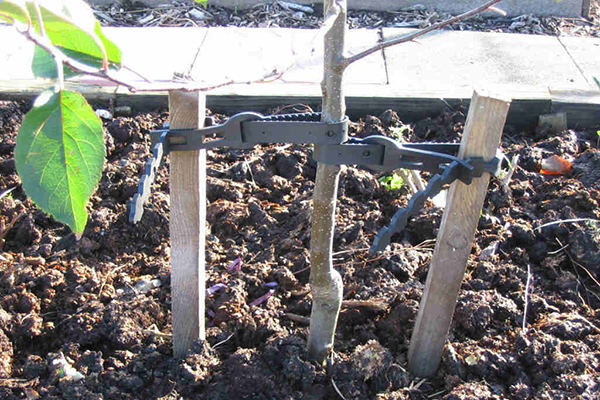
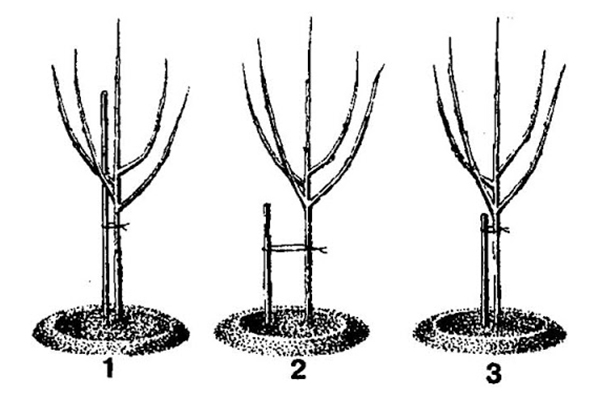
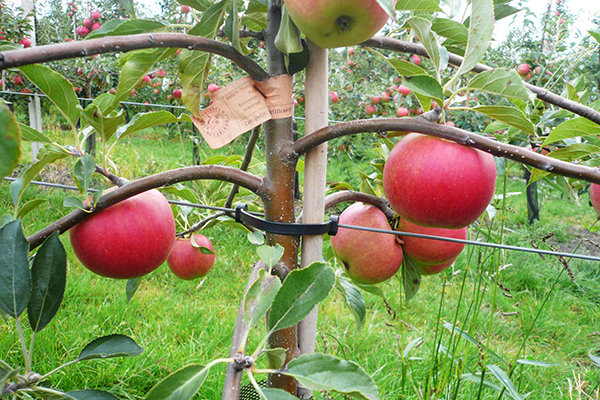
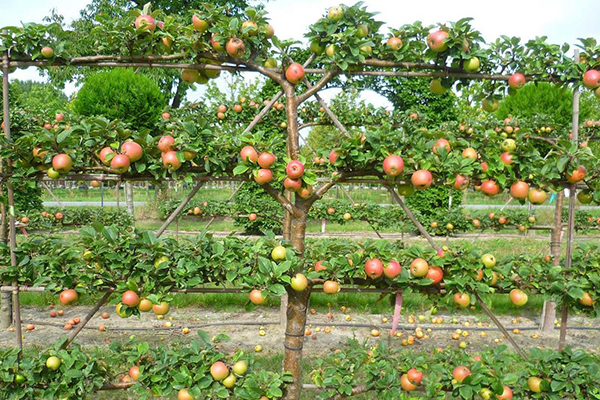

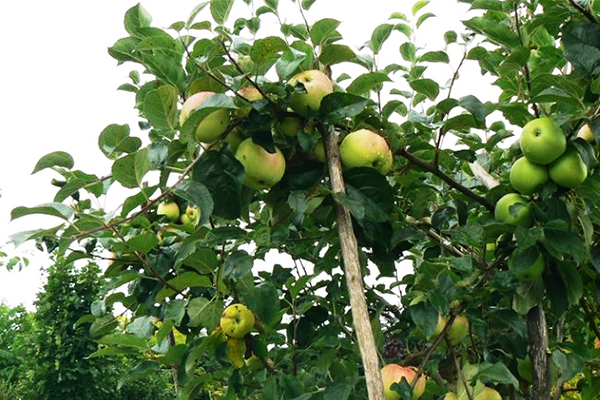
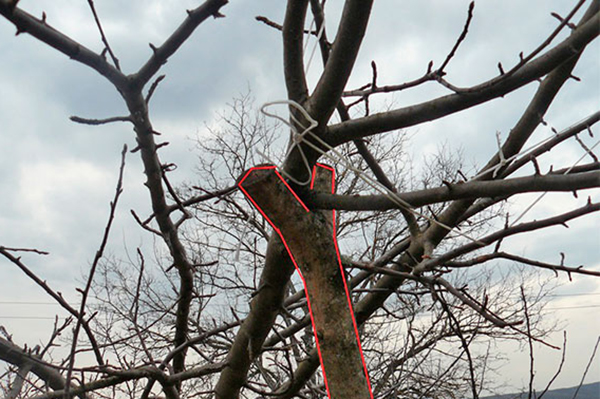

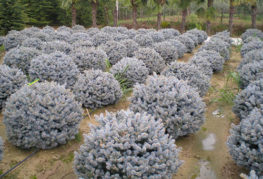
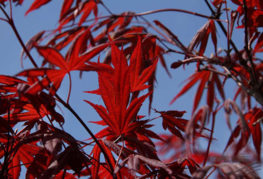

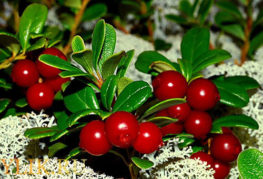
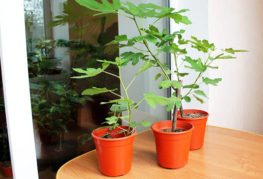
and will be published shortly.